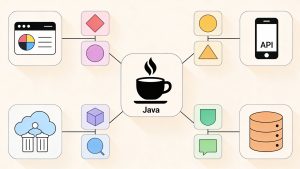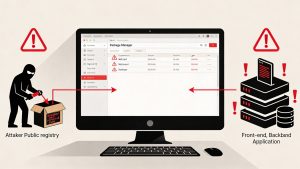You’re here because you fit into one of three categories:
- You don’t like your current CD tool,
- You’re a new team choosing your first CD solution, or
- You’re an experienced team looking to improve or upgrade.
Whatever your situation, choose wisely because your continuous deployment tool will determine your development speed, code quality and team productivity. If it goes wrong you’ll get inefficiencies, deployment failures and annoyed developers.
This article reviews the top 8 continuous deployment tools for 2025. We’ll cover pros, cons, pricing, use cases and what people love about them. Whether you’re looking to switch tools or implement CD for the first time, this is the only guide you’ll need.
We’ll start with an overview of continuous deployment, then dive into each tool review and finally a step-by-step process to choose your continuous deployment tool.
Let’s get started:
What is Continuous Deployment?
Continuous Deployment (CD) is a software development practice where code changes are automated into production. Every code change that goes through the automated testing pipeline is deployed to live production without human intervention.
Features
- Full Automation: Code commit to production is automated.
- Instant Release: Code is released to production as soon as it passes all tests.
- Multiple Releases per day: New features, bug fixes and improvements.
- Thorough Testing: Uses automated testing to ensure code quality.
- Real-time Monitoring: Needs monitoring and alerting systems to catch problems in production.
Benefits
- Faster to User: Gets new features and bug fixes to users faster.
- More Productivity: Developers can code instead of release management.
- Faster Feedback: Can get user feedback faster.
- Less Risk: Smaller and more frequent releases means less risk.
- Better Quality: Encourages testing and monitoring.
Continuous Deployment vs Continuous Delivery
While often used interchangeably, these are different in the last step:
- Continuous Delivery Tools: Automate everything up to production deployment but requires manual approval for the release.
- Continuous Deployment Tools: Automate the entire process including the release to production.
Continuous Deployment is just an extension of Continuous Delivery, one step further.
Things to Consider
- Need an automated testing strategy.
- Requires DevOps culture.
- Needs good monitoring and incident response.
- Not for all companies or products especially those in highly regulated industries.
Now that you have the basics covered, let’s get to the top CD tool picks for 2025:
8 Best CI/CD Tools
Here’s the top continuous deployment software in 2025:
1. Jenkins
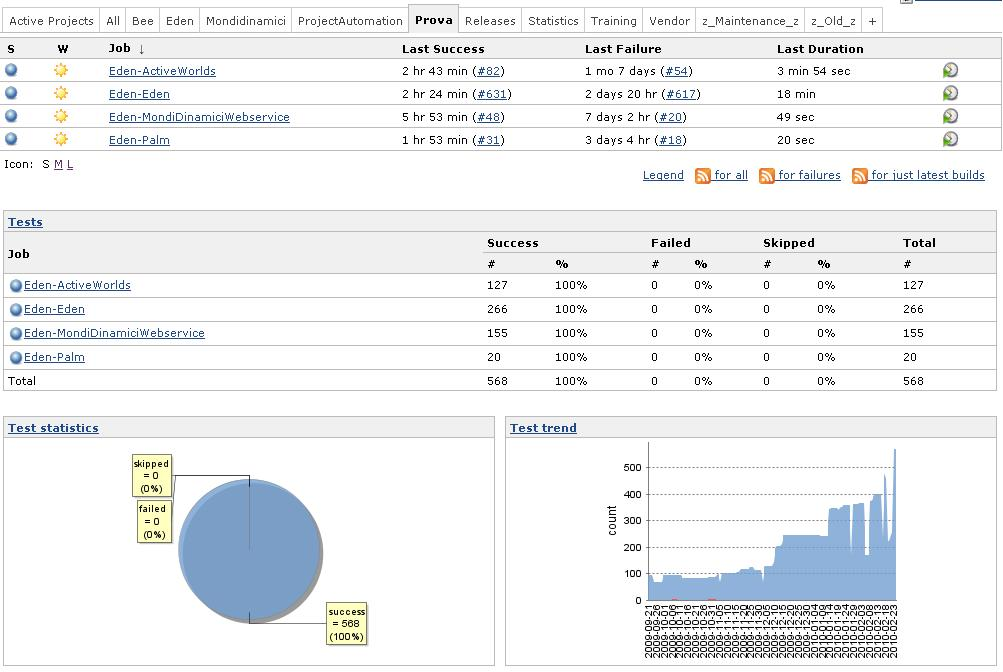
Jenkins is an open source automation server that has been around for many years in the CI/CD world. It’s super flexible with its massive plugin ecosystem where you can build, deploy and automate projects across multiple platforms and environments. Jenkins can be hosted on-premises or in the cloud and has a web interface for ease of use and distributed builds across multiple machines. While flexibility is a big plus, Jenkins can be a pain to set up and maintain especially at scale. But since it’s been around for so long there’s a ton of community support and resources available so it’s a good choice for companies with diverse automation needs.
Best for: Teams looking for a flexible, customizable CI/CD solution with lots of plugins.
Key Features/Benefits
- Over 1,500 plugins to extend functionality
- Installable on major operating systems
- Pipeline as code
- Web interface
- Master/worker architecture for distributed builds
Cons
- Can get complicated to manage as number of jobs and plugins grows
- Requires regular maintenance and updates
Implementation
- Make sure you have enough server resources for performance
- Plan for regular maintenance and updates
- Consider using Pipeline as Code for versioning your CI/CD process
What Users Love

- Customizable
- Large community
- Free and open-source
Pricing: Free and open-source
2. GitLab CI/CD
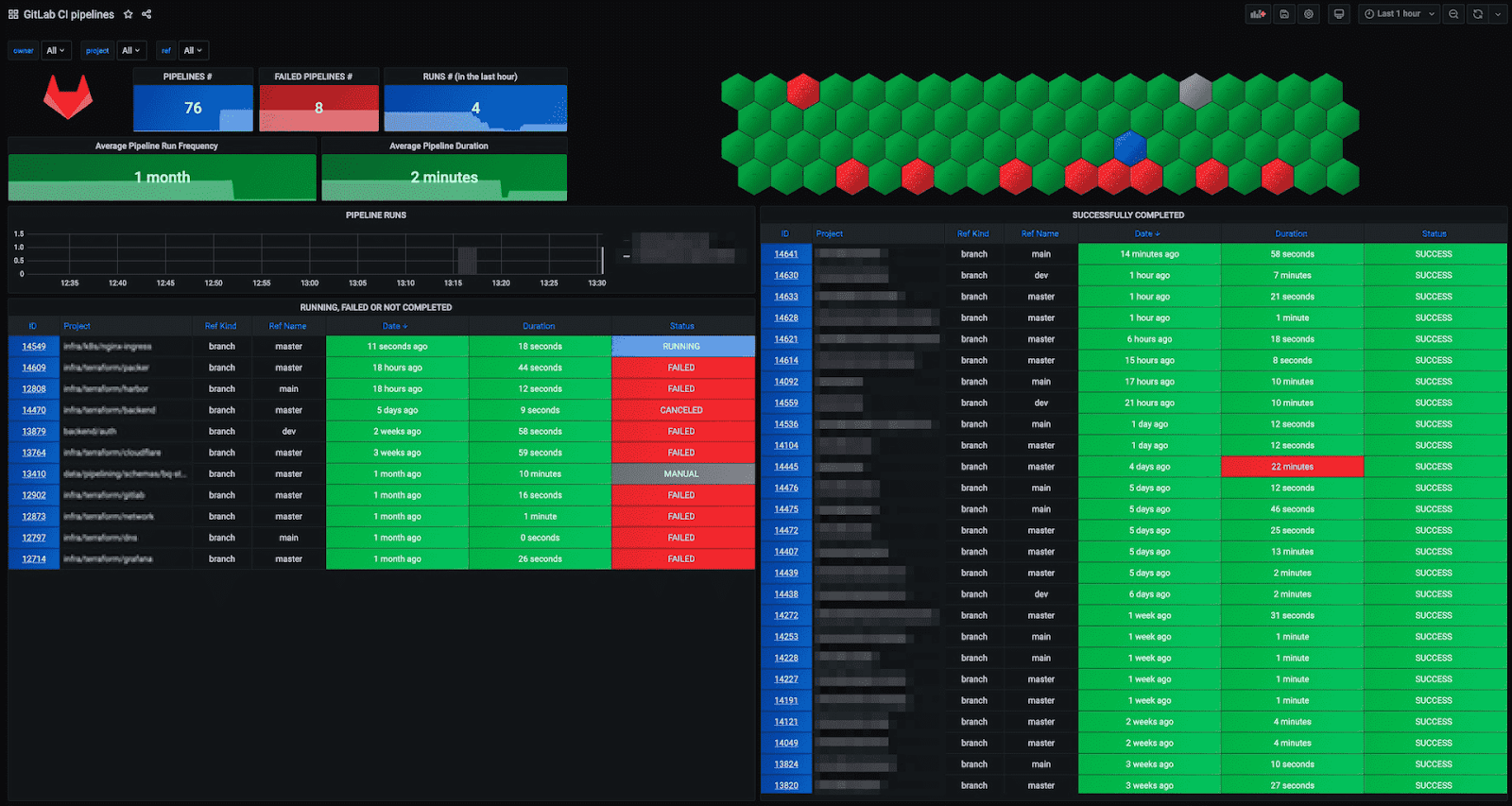
GitLab CI/CD is part of the GitLab platform and is a full DevOps toolchain. It uses YAML files for pipeline configuration and has native support for Docker and Kubernetes so it’s a great choice for teams already using GitLab for source control. GitLab CI/CD has auto-scaling runners for efficient resource usage and a built-in container registry. It’s tight integration with other GitLab features and ease of use has made it popular with developers. You can define pipelines as code and it has a massive marketplace for extensions and integrations so it’s a great choice for teams looking for a full software development lifecycle solution.
Best for: Teams already using GitLab for source control and project management.
Key Features/Benefits
- Integrated with GitLab’s version control system
- Auto DevOps for automatic CI/CD pipeline setup
- Kubernetes integration through GitLab Agent
- Built-in container registry
- Multi-cloud support
Cons
- Steeper learning curve for teams not familiar with GitLab
- More expensive for larger teams compared to some alternatives
Implementation
- Evaluate if you should move your entire workflow to GitLab
- Consider the learning curve for new team members to GitLab
What Users Love
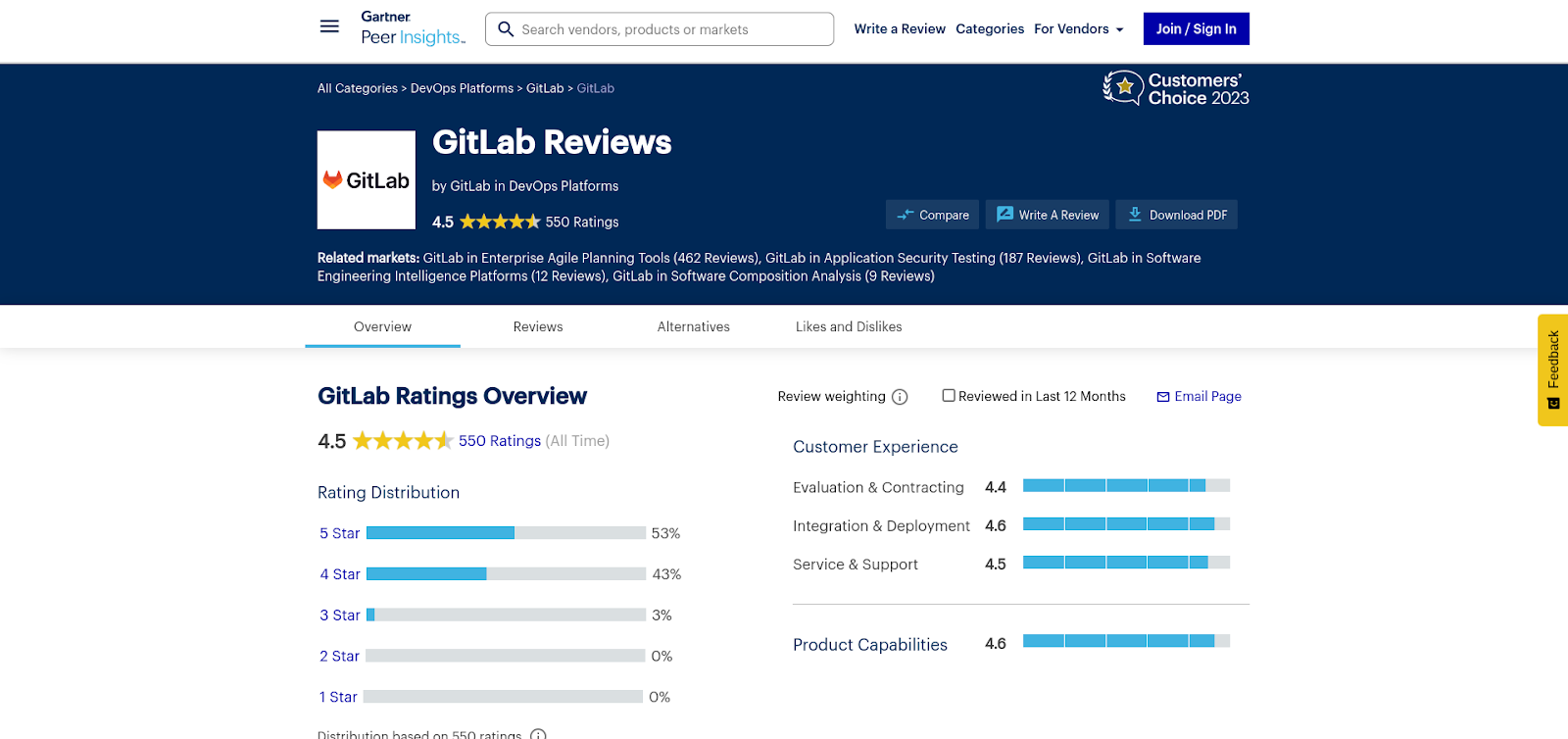
- Tight integration with GitLab’s ecosystem
- Full DevOps platform
- Auto DevOps for quick setup
Pricing: Free tier; paid plans start at $19/user/month
3. CircleCI
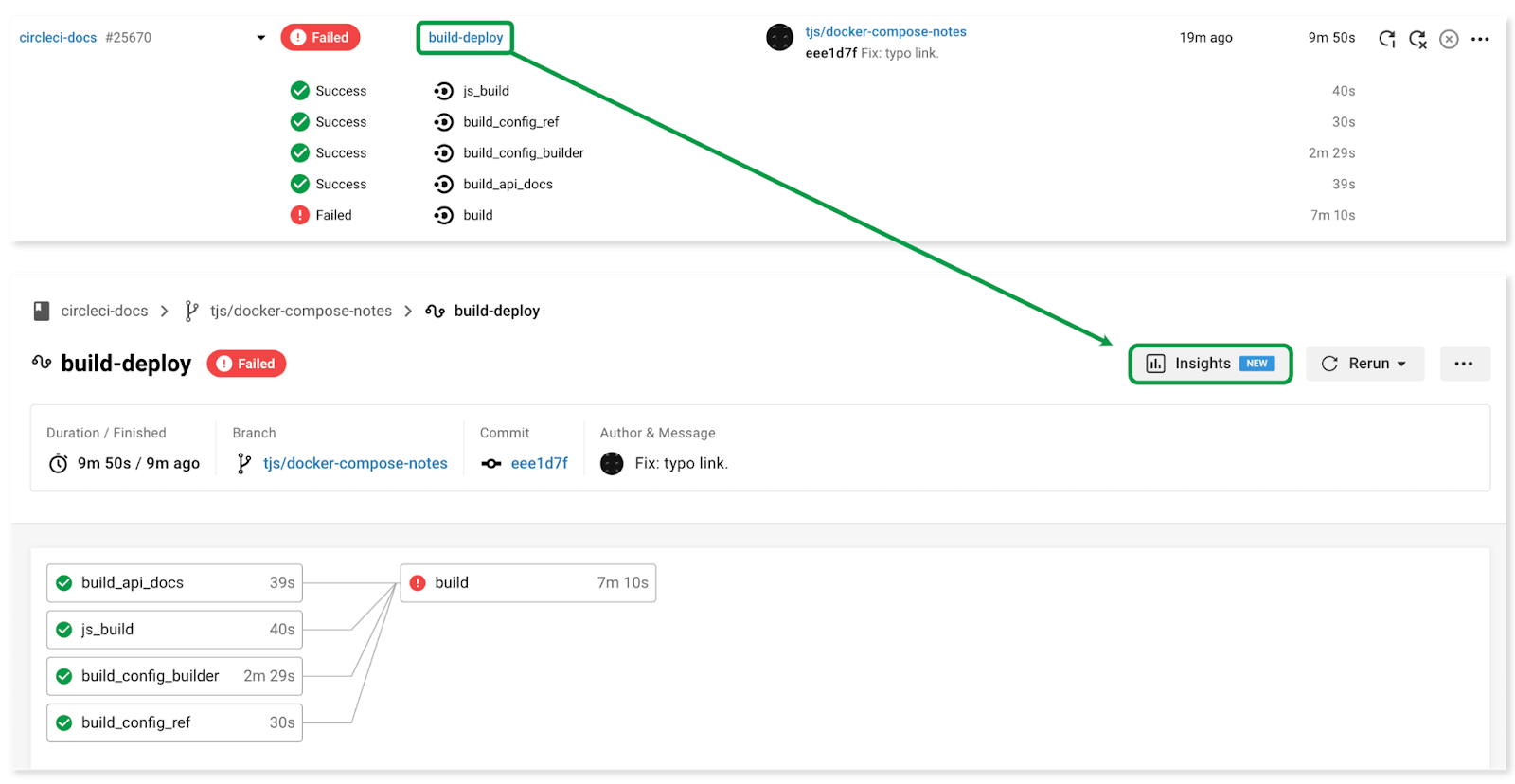
CircleCI is a cloud based CI/CD platform known for being simple and fast. It supports many languages and frameworks and has cloud hosted and self hosted options. CircleCI has parallelism for faster builds and integrates with many cloud services and tools. Easy to use and quick to setup has made it popular with startups and small to medium sized companies. CircleCI uses YAML for config like GitLab CI/CD and has auto discovery of new repositories in GitHub and auto assignment of declarative pipelines to new multi-branch jobs. Easy to use and lots of integrations makes it a great choice for teams looking for a simple CI/CD solution.
Best for: Teams looking for a cloud based CI/CD solution with minimal setup.
Key Features/Benefits
- Builds in different environments
- Customizable workflows with multiple jobs
- Caching of dependencies, artifacts and Docker layers
- Easy integration with GitHub, GitLab and Bitbucket
- RESTful API for programmatic pipeline interaction
Cons
- Can get expensive for larger teams or projects with many build minutes
- Limited on-premises support
Implementation
- Evaluate your monthly build minutes
- Consider the security implications of cloud based CI/CD
What Users Love
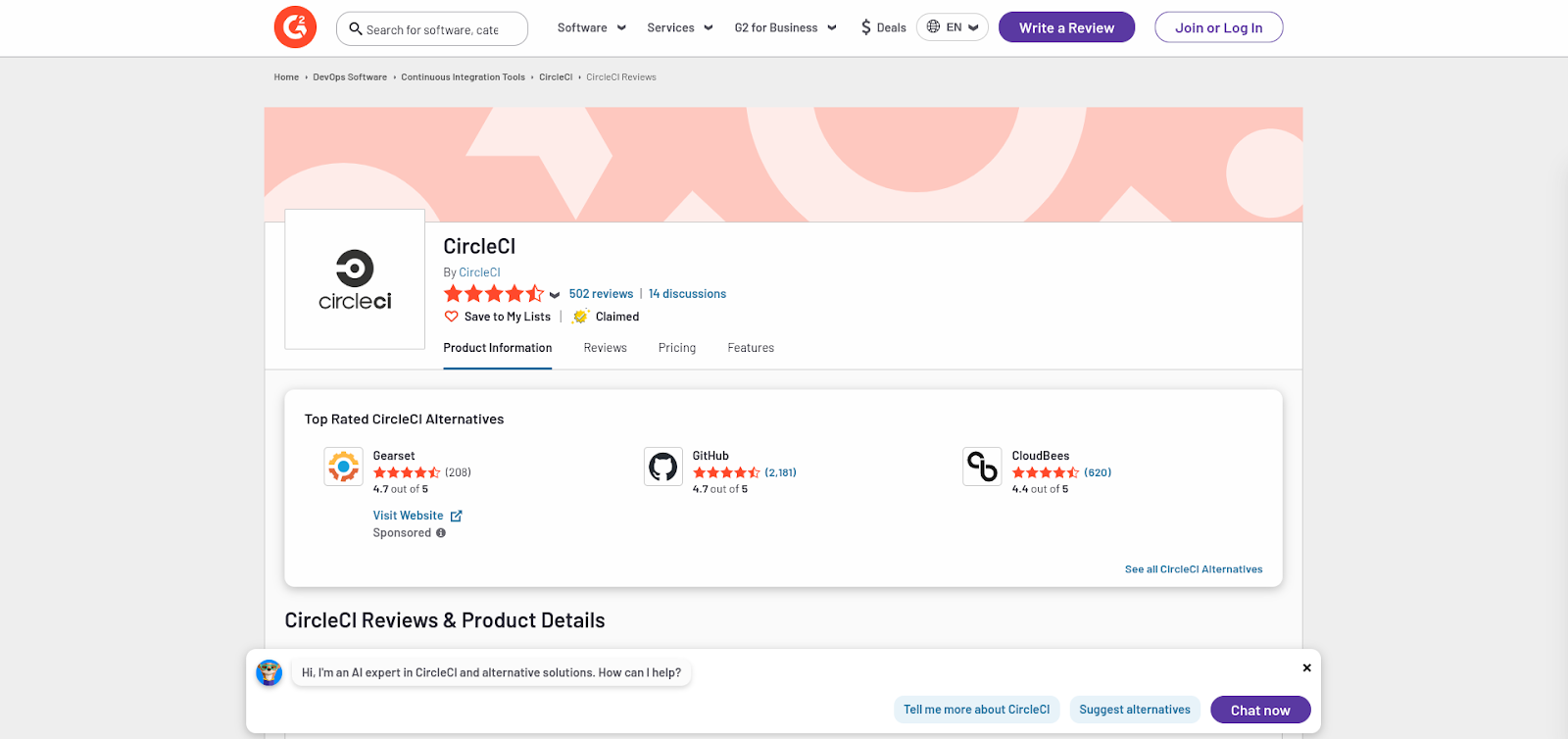
- Fast builds
- Easy setup and config
- Great GitHub integration
Pricing: Free for small projects; paid plans start at $30/month
4. AWS CodeDeploy
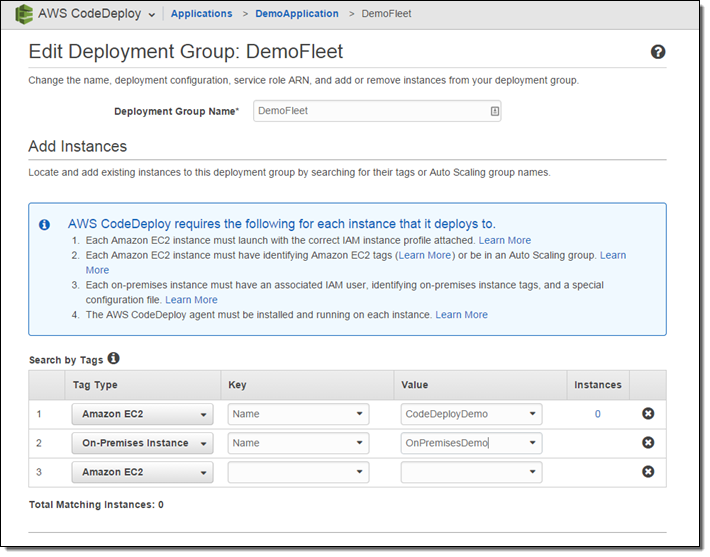
AWS CodeDeploy is a deployment service that automates application deployments to multiple AWS services. It integrates with other AWS services and can deploy to EC2 instances, Lambda functions and ECS services. CodeDeploy has blue/green deployments for zero downtime and full control over the deployment process. It can be used for cloud and on-premises deployments so it’s a great choice for teams already invested in the AWS ecosystem. CodeDeploy’s strength is its deep integration with AWS infrastructure so you can have complex deployment strategies and easy management of application updates across environments.
Best for: Teams already invested in the AWS ecosystem looking for seamless integration with other AWS services.
Key Features/Benefits
- Rollbacks on failed deployments
- Integrates with AWS services like CloudWatch and CloudFormation
- Blue/green deployments
- Language and application agnostic
- On-premises and cloud deployment support
Cons
- Limited functionality outside of the AWS ecosystem
- Can be complex to setup for non-AWS deployments
Implementation
- Evaluate your overall AWS usage and integration needs
- Consider the learning curve for team members not familiar with AWS services
What Users Love

- Tight integration with AWS services
- Reliable and scalable
- Multiple deployment strategies
Pricing: Pay-as-you-go based on number of deployments
5. Spinnaker
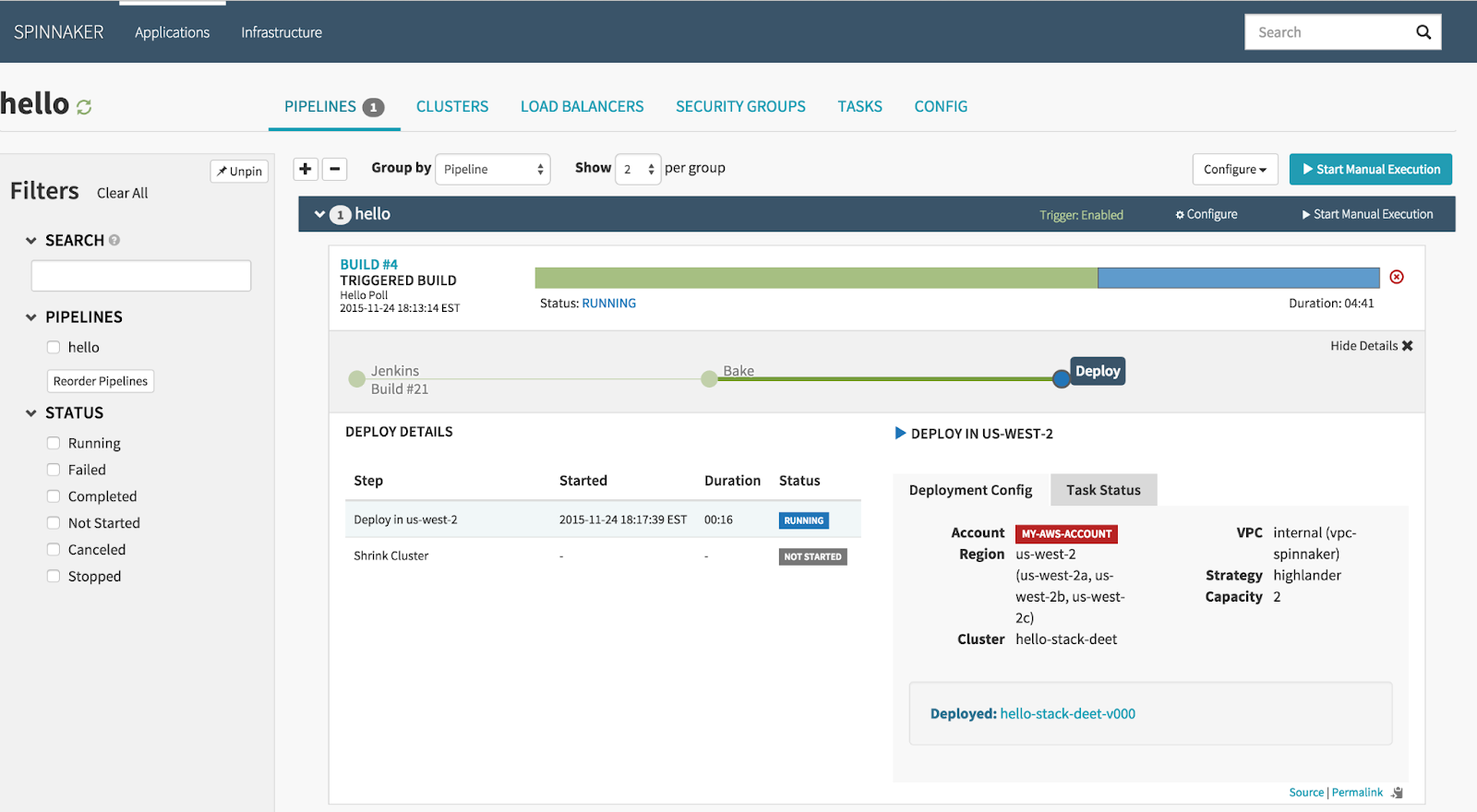
Spinnaker is an open source, multi-cloud continuous delivery platform for complex deployments. It can deploy to multiple cloud providers and has advanced deployment strategies like canary and blue/green deployments. Spinnaker has a powerful pipeline management system and integrates with CI tools like Jenkins. Its UI for managing deployments makes it popular with larger companies that need complex multi-cloud deployment strategies. But Spinnaker can be a pain to set up and maintain and often requires dedicated resources to operate at scale. But its features and flexibility makes it a great choice for companies with complex multi-cloud deployment needs.
Best for: Companies looking for a multi-cloud deployment solution with advanced deployment strategies.
Key Features/Benefits
- Multiple cloud providers
- Advanced deployment strategies (canary, blue/green)
- Pipeline as code
- Rollbacks
- Integrations with CI tools and cloud platforms
Cons
- Complex setup and maintenance
- Steep learning curve
Implementation
- Make sure you have the expertise to manage and maintain Spinnaker
- Evaluate if your multi-cloud needs justify the complexity
What Users Love
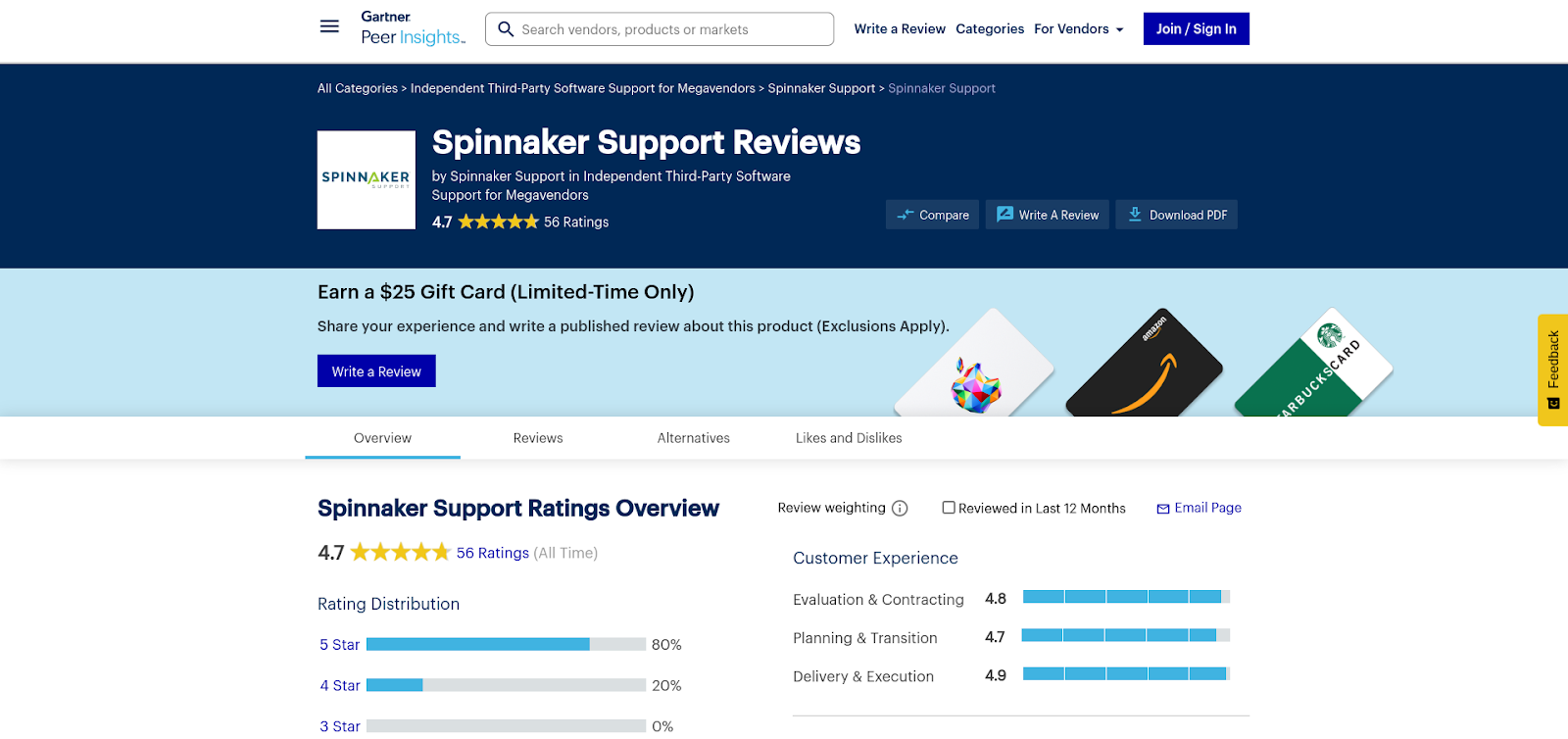
- Multi-cloud support
- Advanced deployment strategies
- Flexibility and extensibility
Pricing: Free and open-source
6. Octopus Deploy
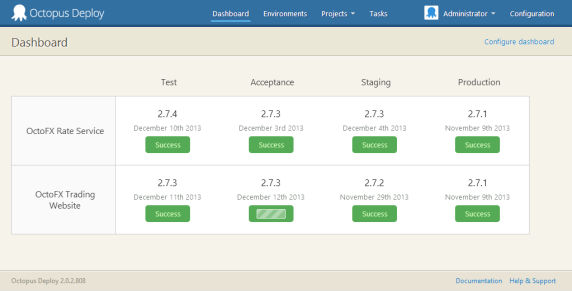
Octopus Deploy is a deployment automation server that makes application deployments easier especially for .NET applications. It supports many deployment targets including cloud services and on-premises servers and has a web interface for managing deployments. Octopus Deploy has built in support for common deployment patterns and integrates with many CI tools. It has robust environment management and security features so it’s popular with teams looking for full deployment capabilities. Although it’s had some price increases recently many users still find the features and ease of use worth it for Windows based environments.
Best for: Teams looking for a deployment automation tool with a user-friendly interface and strong .NET support.
Key Features/Benefits
- User interface for managing deployments
- .NET application support
- Built in deployment patterns (blue/green, canary)
- Integrates with CI tools
- Variable management
Cons
- Expensive for larger teams
- Primarily Windows and .NET focused
Implementation
- Evaluate the cost benefit for your team size and deployment needs
- Consider your tech stack and if it aligns with Octopus Deploy
What Users Love
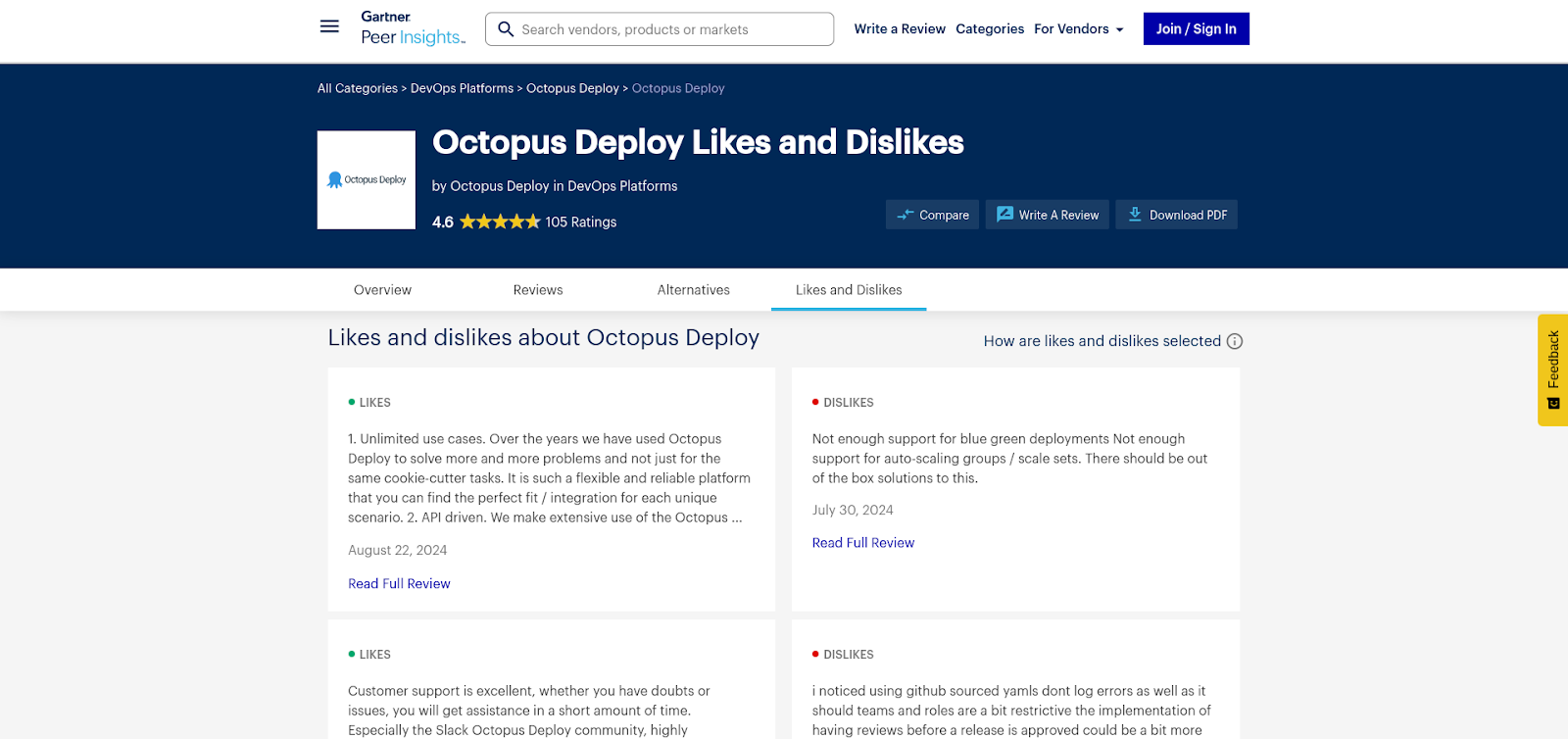
- Easy to use
- Great documentation and support
- Variable management
Pricing: $10/month for small teams; custom for larger deployments
7. Argo CD
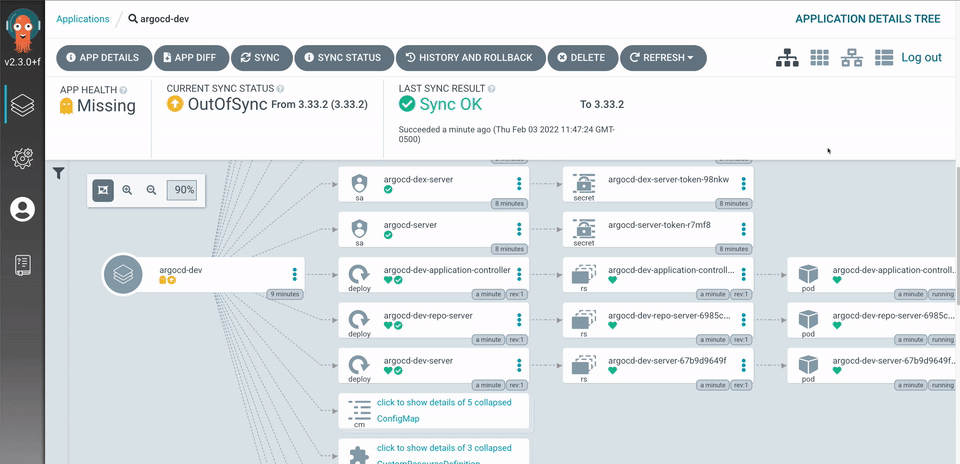
Argo CD is a declarative, GitOps continuous delivery tool for Kubernetes environments. It uses Git repositories as the source of truth for applications and automates the deployment to Kubernetes clusters. Argo CD has a web UI, CLI and API for application management and supports multiple config management tools like Kustomize and Helm. It has features like automated sync and rollback so it’s popular with teams that use Kubernetes for their deployments. Argo CD’s Kubernetes native approach and ability to manage multiple clusters from one instance makes it a favorite in the cloud native community.
Best for: Companies heavily invested in Kubernetes and looking to adopt GitOps.
Key Features/Benefits
- GitOps for Kubernetes deployments
- Automated sync between Git repositories and cluster states
- Web UI, CLI and API
- Multiple config management tools (Kustomize, Helm, etc.)
- RBAC and SSO
Cons
- Primarily Kubernetes focused
- Requires knowledge of Kubernetes and GitOps
Implementation
- Make sure your team is familiar with Kubernetes and GitOps
- Evaluate how it fits into your CI pipeline
What Users Love
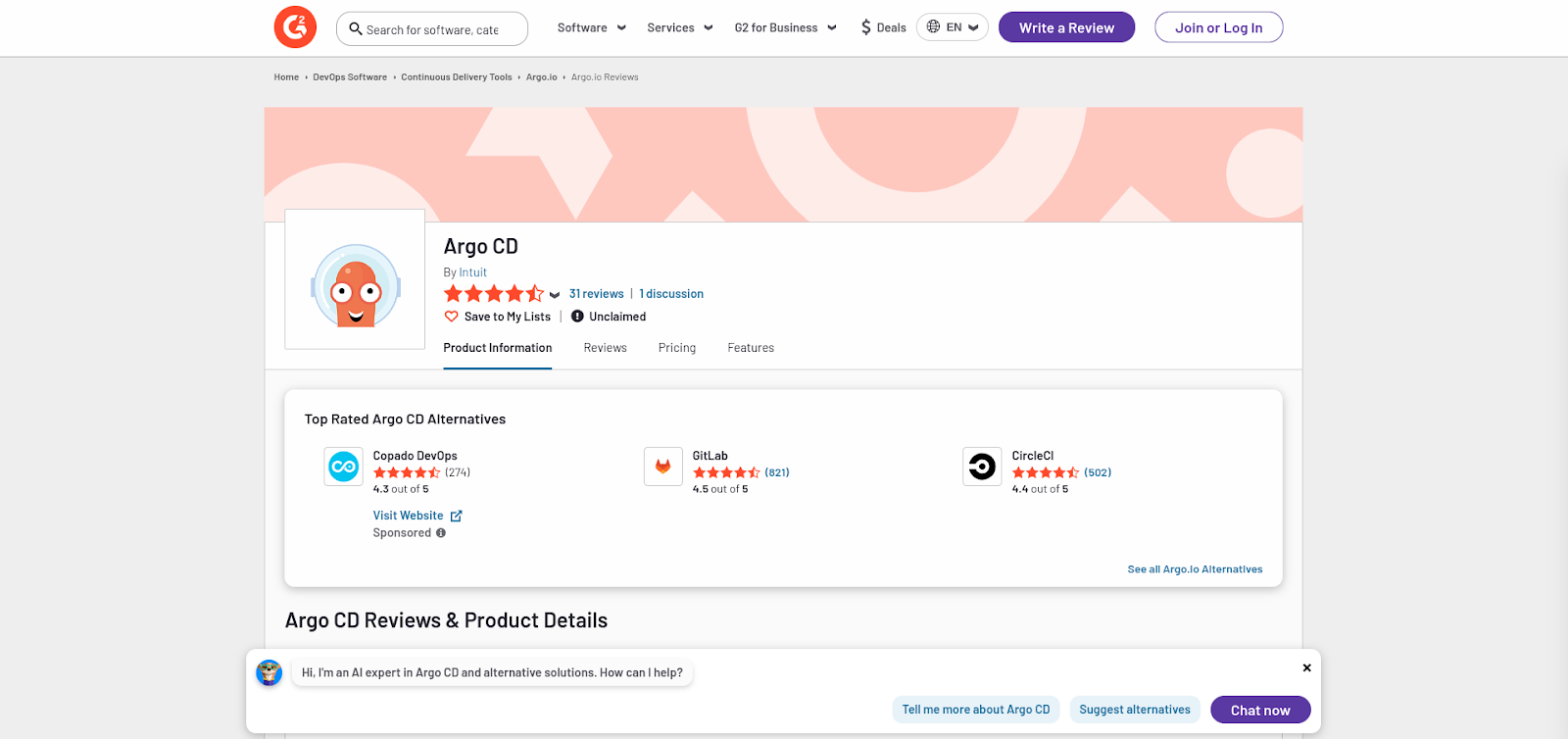
- GitOps for Kubernetes
- Application state visualization
- Active community and frequent updates
Pricing: Free and open-source
8. Azure DevOps
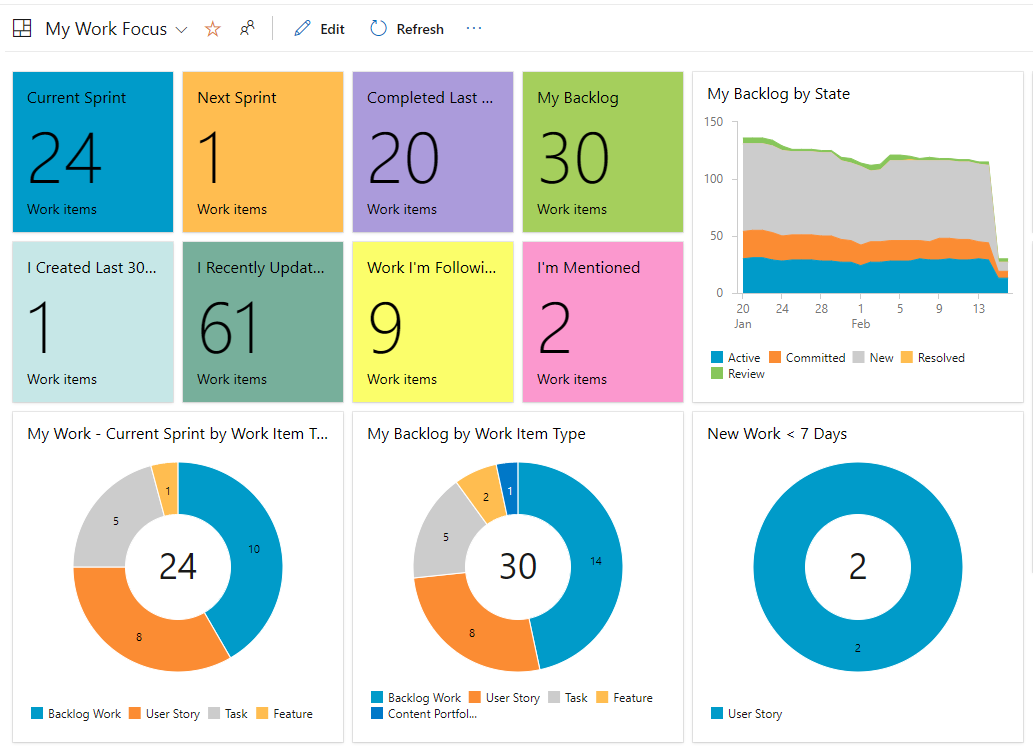
Azure DevOps is a full suite of development tools from Microsoft that includes source control, CI/CD pipelines, artifact management and more. It integrates with other Microsoft and Azure services but can be used with other technologies and cloud providers. Azure DevOps can be used for cloud hosted and on-premises deployments and has an extensive marketplace for extensions and integrations. It has robust project management and collaboration features so it’s a great choice for teams already invested in the Microsoft ecosystem. Azure DevOps is strong on integration with fine grained permissions and easy connection to Azure AD so it’s great for enterprise environments.
Best for: Teams already in the Microsoft ecosystem or looking for an all-in-one DevOps solution.
Key Features/Benefits
- CI/CD pipelines
- Kanban boards
- Git repositories
- Artifact management
- Marketplace for extensions and integrations
Cons
- Too many features can be overwhelming
- Primarily cloud based, limited on-premises options
Implementation
- Do you really need all of Azure DevOps?
- How steep is the learning curve for team members not familiar with Microsoft tools?
What Users Love
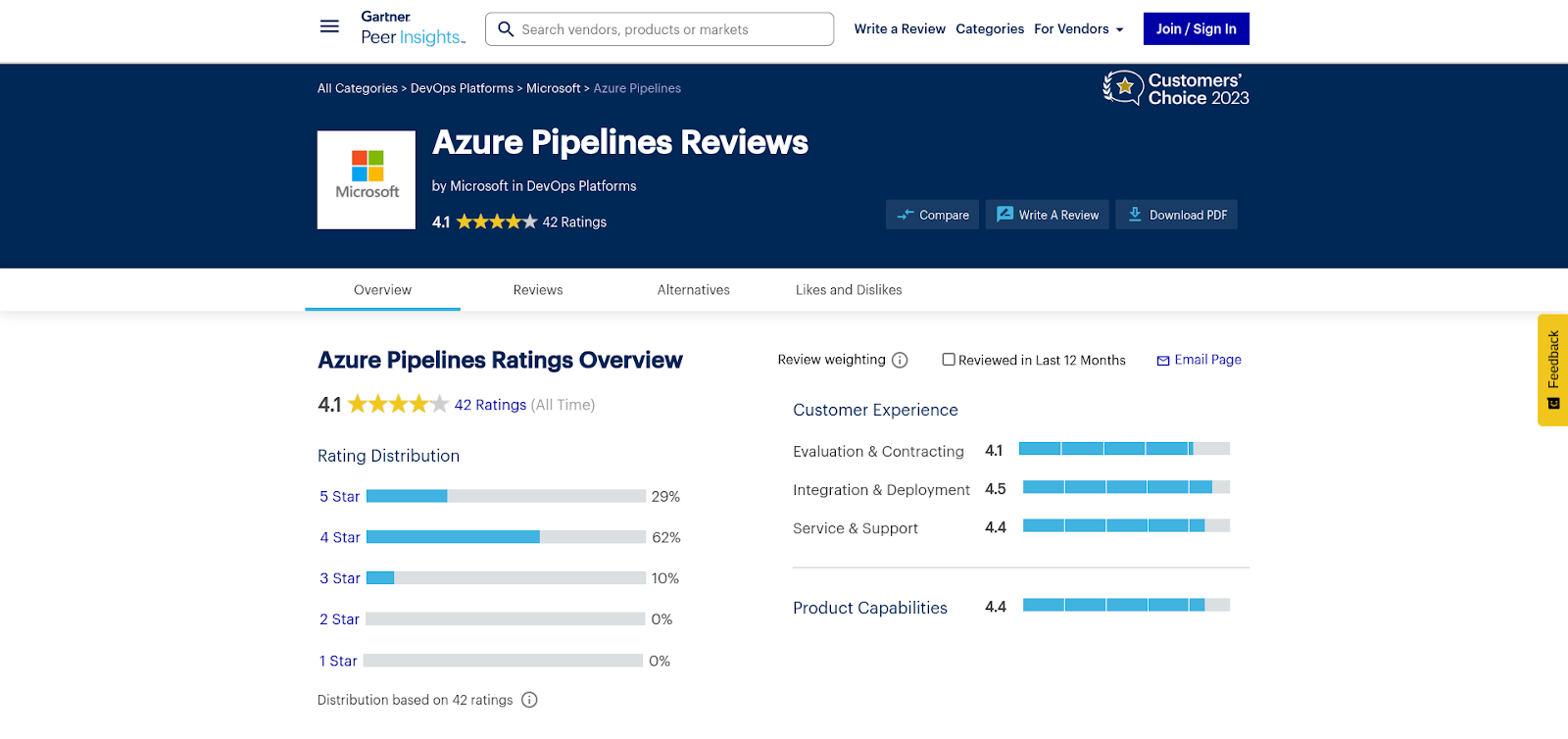
- All-in-one DevOps
- Strong tie-ins to other Microsoft products
- Frequent updates and new features
Pricing: Free for small teams and open-source projects; $6 per user per month and up
How to Choose Continuous Delivery Tools?
Follow this process to choose the right CD tool:
Prerequisites for Choosing Continuous Delivery Tools
Before you start selecting continuous deployment software you should have:
- Your project requirements and goals defined
- List of your current technology stack and tools
- Assessment of your team’s technical skills
- Budget and resource constraints
- Deployment environments (on-premises, cloud, hybrid)
- Security and compliance requirements
- Your team’s workflow and development process
- Stakeholders and decision makers
- Current pain points in the software delivery process
- Success metrics for CD
Process for Eliminating Options
To narrow down your choices follow this step-by-step process:
- Initial Screening:
- Eliminate tools that don’t support your primary languages or platforms
- Remove options that don’t integrate with your existing SCM
- Discard tools that are outside your budget
- Technical Compatibility:
- Check integration with your toolchain
- Support for your deployment environments
- Compatibility with your infrastructure and cloud providers
- Feature Analysis:
- Automated testing
- Deployment automation
- Rollback
- Containerization
- Infrastructure as Code
- Compliance management
- Scalability and Performance:
- Can the tool handle your project’s size and complexity
- Performance metrics and resource requirements
- User Experience and Learning Curve:
- How easy is the tool to use?
- Documentation and learning resources
- Community and Support:
- Size and activity of the community
- Customer support
- Check the tool’s security features and compliance certifications
- Does it meet your organization’s specific security requirements
Feature Prioritization Framework
When prioritizing features use this framework:
- Must-Have:
- Automated build and test
- Deployment automation
- SCM integration
- Environment management
- High:
- Rollback and recovery
- Monitoring and logging
- Pipeline visualization
- Parallel execution
- Medium:
- Containerization and orchestration
- IaC integration
- Artifact management
- Customizable workflows
- Nice-to-Have:
- Advanced analytics and reporting
- AI/ML
- Multi-cloud
- Advanced scanning
Prioritize these based on your needs and goals. Assign weights to each and score the tools.
Free Trial
Once you have narrowed down your options, take advantage of free trials to test the top tools:
- Set up a PoC project that mirrors your workflow
- Get key team members involved
- Test critical features and integrations
- Performance and scalability
- User experience and adoption
- Get feedback from team members and stakeholders
- Compare to your success metrics
Conclusion
Each tool creates power structures and risk profiles within the engineering team. Ownership grows or shrinks based on the control the tool gives over processes, pipelines and code movement. Budget constraints hide ongoing costs for maintenance and integration. Vendor lock-ins happen behind closed doors.Hope this helped you choose the right continuous deployment tool for you.

